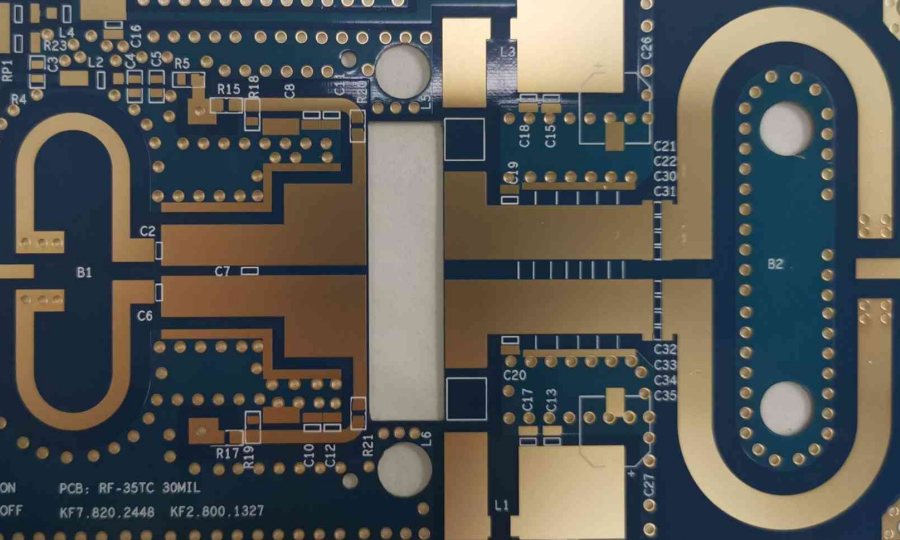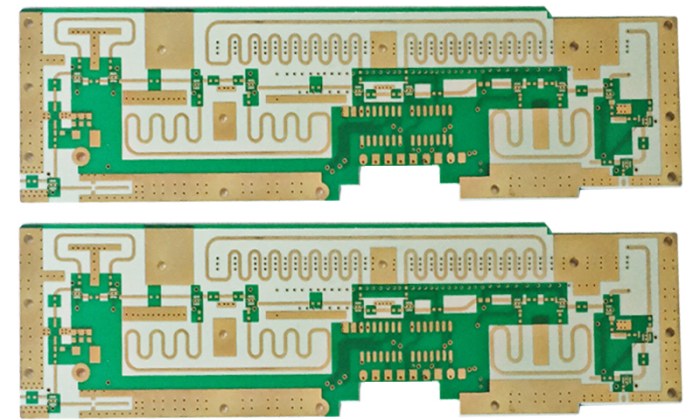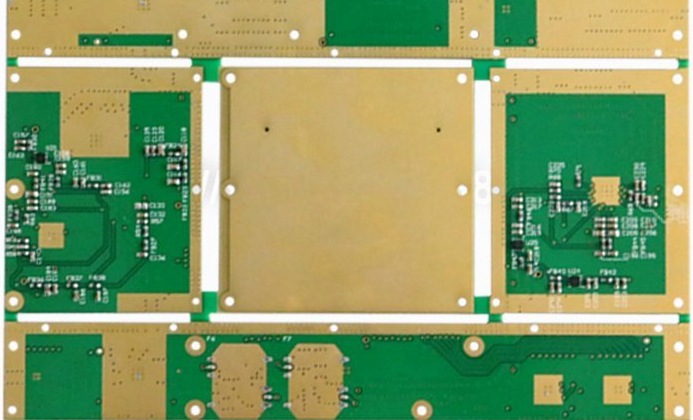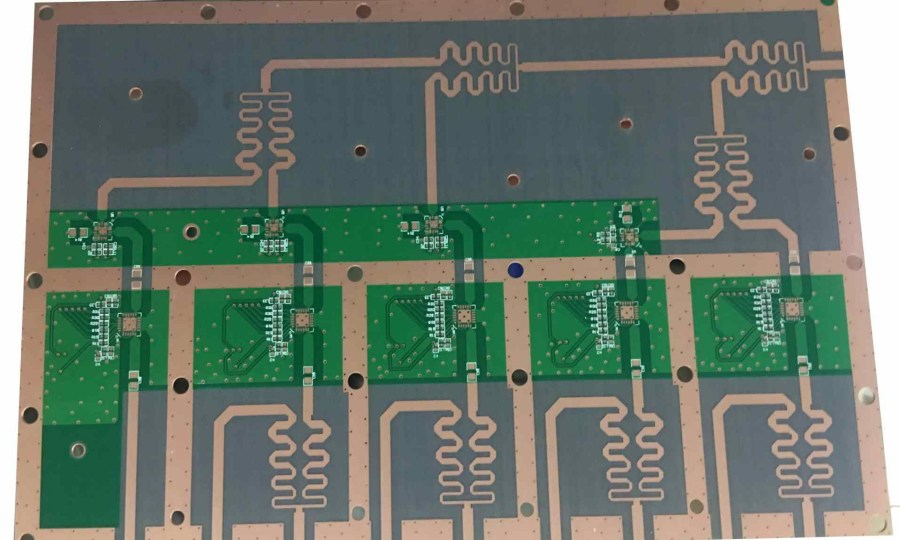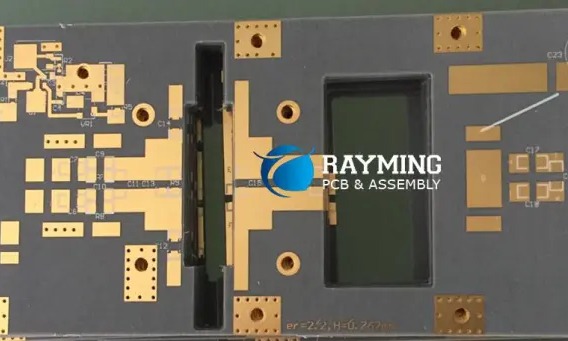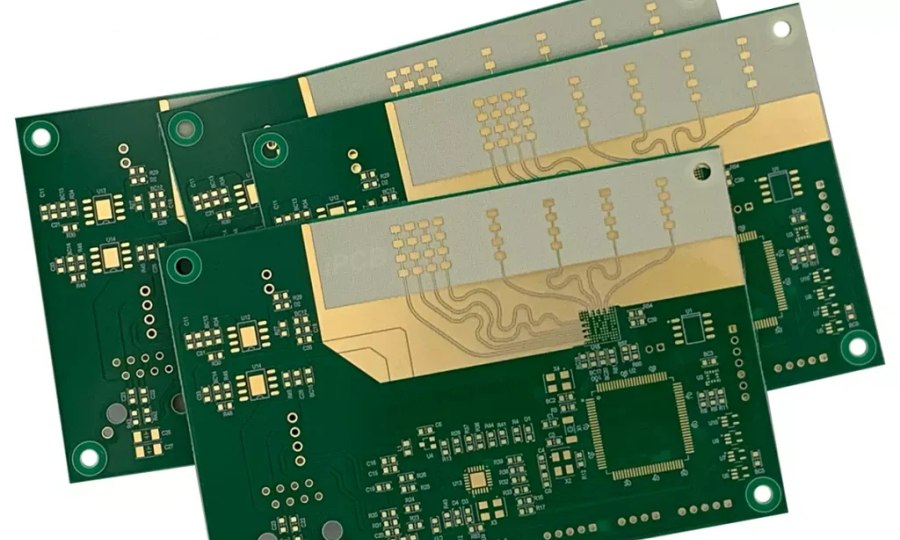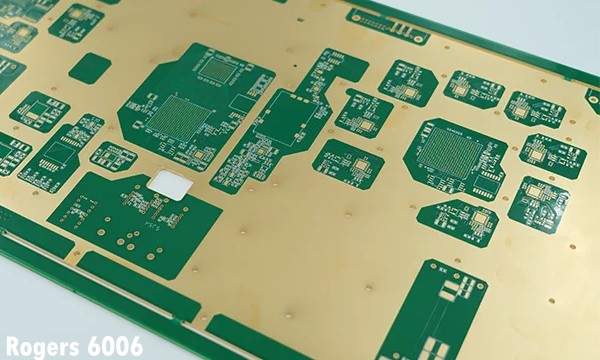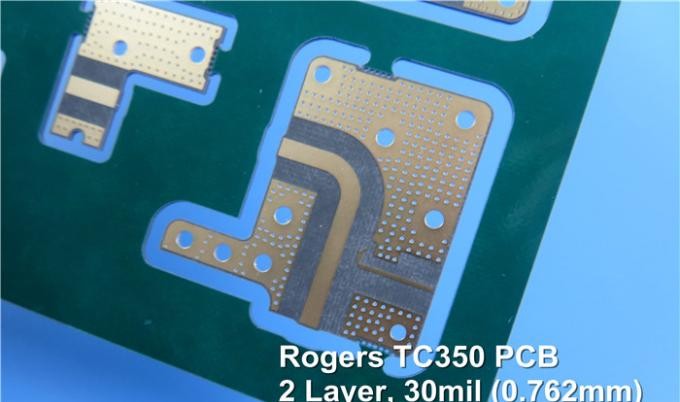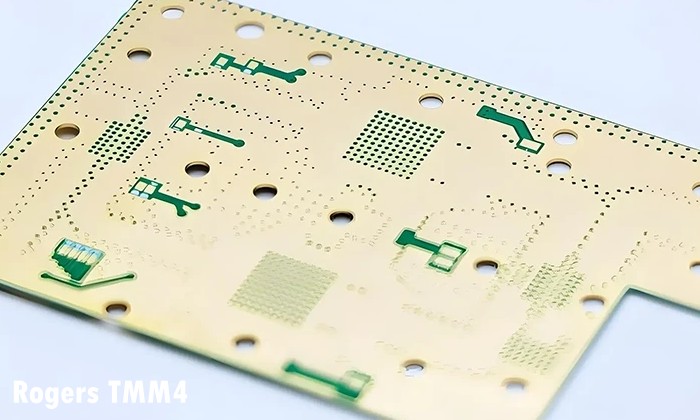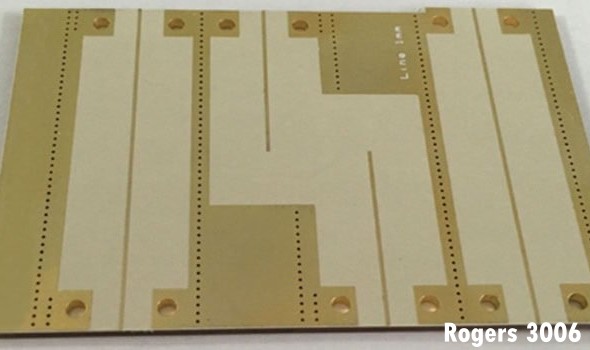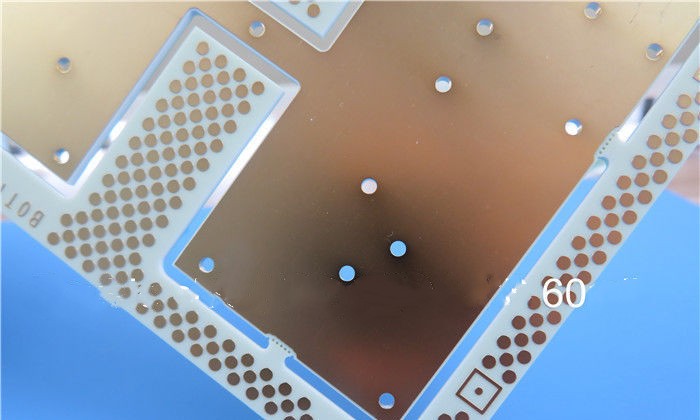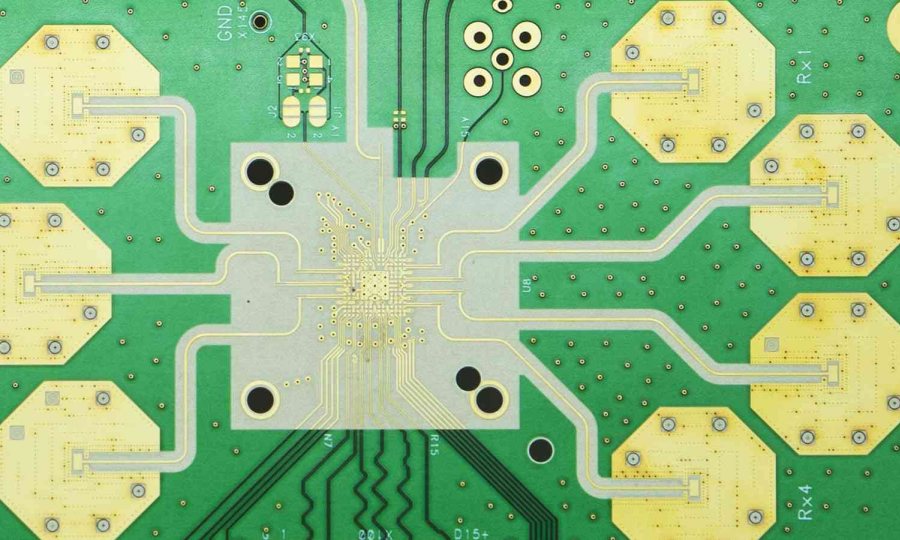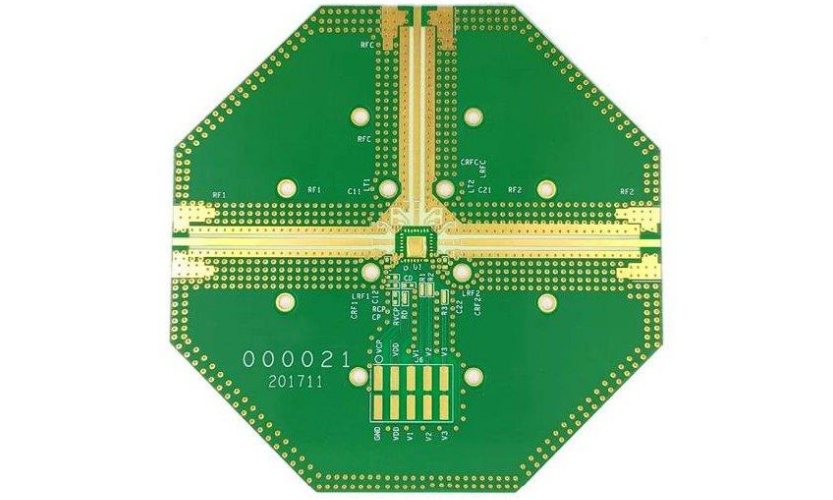Rogers PCB materials have revolutionized high-frequency electronic design, providing engineers with the precision and reliability needed for today’s most demanding applications. From 5G telecommunications infrastructure to aerospace radar systems, Rogers printed circuit boards deliver superior performance where standard FR4 materials fall short.
This comprehensive guide covers everything you need to know about Rogers PCB materials, from basic principles to advanced design considerations, helping you make informed decisions for your next high-frequency project.

